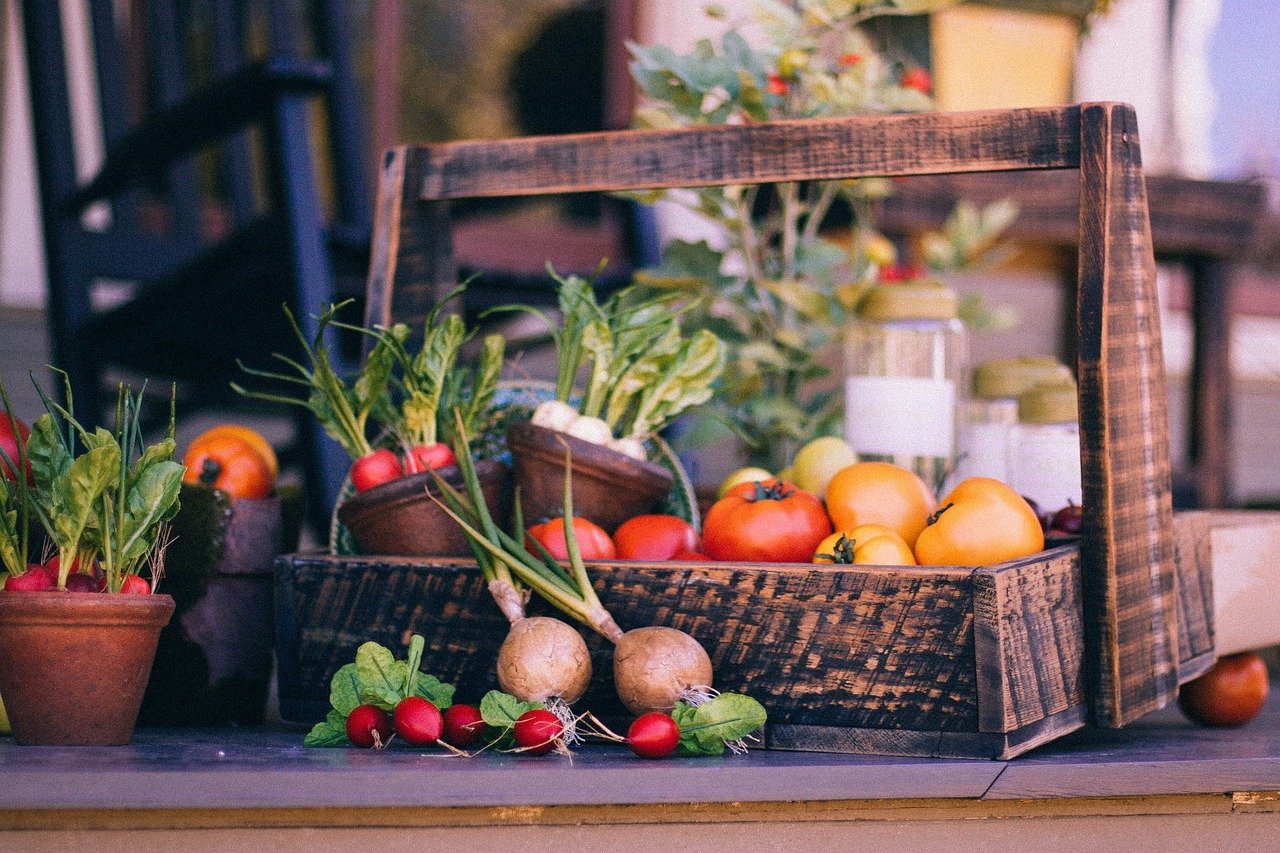10 Easy Vegetables to Grow This Summer
Summer is the perfect time to grow a variety of vegetables in your garden. Here are the top 10 vegetables you can cultivate during this sunny season, along with some tips on planting, irrigation, and harvesting.
1. French Bean
French beans, also known as green beans, are tender and flavorful. They are a versatile vegetable that can be steamed, boiled, or sautéed. French beans are also a good source of vitamins A, C, and K, as well as folic acid and fibre. These beans are not only delicious but also easy to grow, making them an excellent choice for both novice and experienced gardeners.
- When to Plant: Early summer.
- Irrigation Requirement: Regular watering, keeping the soil consistently moist.
- Harvesting Time: 50-60 days after planting.
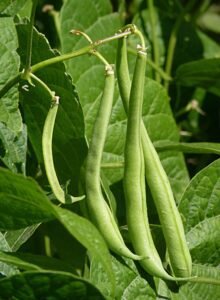
2. Amaranth
Amaranth leaves are highly nutritious and can be used in salads, soups, and stews. The plant is also known for its vibrant colours, which can add an ornamental touch to your garden. Amaranth is packed with vitamins, minerals, and antioxidants, making it a healthy addition to your diet. The seeds are also edible and can be used similarly to grains.
- When to Plant: Late spring to early summer.
- Irrigation Requirement: Moderate watering, ensuring soil is not waterlogged.
- Harvesting Time: 30-40 days for leaves, 70-80 days for seeds.
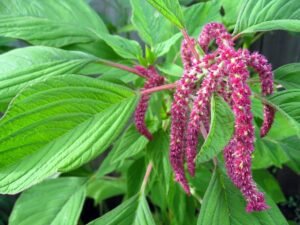
3. Sweet Potato
Sweet potatoes are a nutritious and versatile vegetable that can be baked, boiled, or roasted. They are rich in vitamins A and C, fibre, and antioxidants. Sweet potatoes are also relatively easy to grow, even in less-than-ideal soil conditions. The vines can spread widely, so they need plenty of space to grow.
- When to Plant: After the last frost, in late spring.
- Irrigation Requirement: Consistent watering, especially during the growing period.
- Harvesting Time: 90-120 days after planting.

4. Okra
Okra is a heat-loving vegetable perfect for summer dishes, such as gumbo and stir-fries. It is rich in vitamins A and C, calcium, and fibre. The plants produce attractive flowers and pods that can be harvested regularly to encourage more growth. Okra is also known for its slimy texture when cooked, which can be reduced by quick cooking or combining with acidic ingredients.
- When to Plant: Late spring to early summer.
- Irrigation Requirement: Regular watering, keeping soil evenly moist.
- Harvesting Time: 50-60 days after planting.
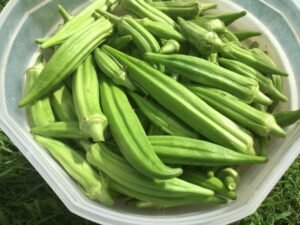
5. Peppers
Peppers come in various colours and flavours, from sweet bell peppers to spicy chilli peppers. They are a great source of vitamins A and C, potassium, and fibre. Peppers can be used in a wide range of dishes, including salads, sauces, and salsas. They are relatively easy to grow and can thrive in both garden beds and containers.
- When to Plant: Late spring.
- Irrigation Requirement: Moderate watering, allowing soil to dry slightly between waterings.
- Harvesting Time: 60-90 days after planting.

6. Eggplant
Eggplants, also known as aubergines, are versatile and can be grilled, roasted, or used in stews. They come in various shapes, sizes, and colours, including purple, white, and striped varieties. Eggplants are rich in fibre, vitamins, and minerals, and they add a unique flavour and texture to many dishes. The plants produce beautiful purple flowers before setting fruit.
- When to Plant: Late spring.
- Irrigation Requirement: Regular watering, ensuring soil is well-drained.
- Harvesting Time: 70-85 days after planting.

7. Tomato
Tomatoes are a summer staple, perfect for salads, sauces, and salsas. They come in many varieties, including cherry, heirloom, and beefsteak tomatoes. Rich in vitamins C and K, potassium, and antioxidants, tomatoes are both delicious and nutritious. They can be grown in garden beds, containers, or even hanging baskets.
- When to Plant: Late spring to early summer.
- Irrigation Requirement: Regular watering, focusing on the base of the plant.
- Harvesting Time: 60-85 days after planting.
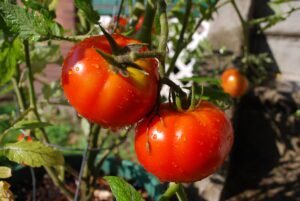
8. Cucumber
Cucumbers are refreshing and great for salads and pickles. They are composed mostly of water, making them hydrating and low in calories. Cucumbers are also a good source of vitamins K and C, as well as potassium. They can be grown on the ground or trained to climb on trellises to save space.
- When to Plant: Late spring to early summer.
- Irrigation Requirement: Consistent watering, keeping soil moist.
- Harvesting Time: 50-70 days after planting.
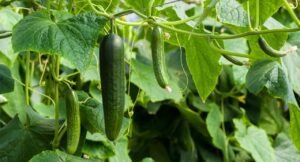
9. Spinach
Spinach is a nutritious leafy green that can be eaten fresh or cooked. It is rich in vitamins A, C, and K, iron, and calcium. Spinach is a versatile ingredient for salads, smoothies, and cooked dishes. It grows quickly and can be harvested multiple times throughout the growing season.
- When to Plant: Early summer.
- Irrigation Requirement: Regular watering, ensuring soil stays moist.
- Harvesting Time: 40-50 days after planting.

10. Yard Long Bean
Yard long beans are long, tender beans perfect for stir-fries and other Asian-inspired dishes. They are similar to green beans but can grow up to 3 feet in length. Yard long beans are rich in vitamins A and C, fibre, and protein. They grow best on trellises, which help keep the beans straight and easy to harvest.
- When to Plant: Early summer.
- Irrigation Requirement: Moderate watering, keeping the soil consistently moist.
- Harvesting Time: 60-80 days after planting.

Enjoy your summer gardening and the fresh, homegrown produce that comes with it!

